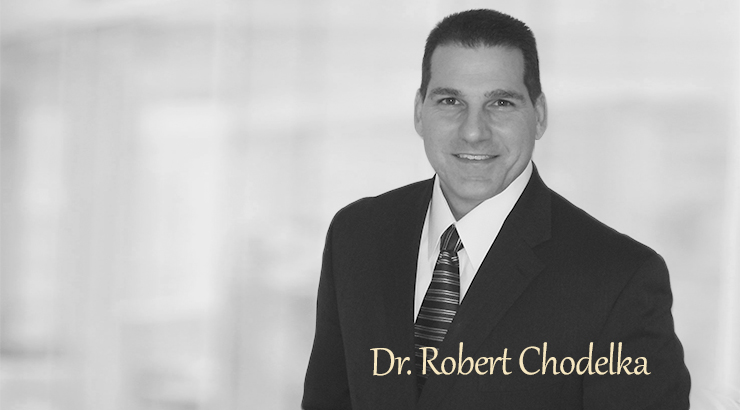
The Chodelka family heritage comes from several European countries including Slovakia, the Czech Republic and Hungary. The families migrated to the United States and settled in a small suburb outside of Pittsburgh, Pennsylvania in the United States.
Dr. Chodelka’s parents provided the driving force behind his educational motivation and fascination with problem solving from very early in his childhood. They balanced this educational push with a heavy dose of positive support to pursue his dreams. His fascination of diamonds really started during his childhood interest in minerals and gemology and only continued to develop as he became more educated.
He acquired his Bachelor of Science in Ceramic Science and Engineering from the Pennsylvania State University in 1989. This provided a solid engineering foundation and fueled his desire to acquire more information in the areas he found most interesting. In 1990 he decided to enroll in the university of Florida to pursue his dream to become a scientist. During his time at the University of Florida, he was involved with several research projects related to diamond growth, diamond coatings and wear studies. In 1996 he received his Doctorate in Material Science and Engineering and decided to use the knowledge he acquired to grow diamonds with an environmentally friendly process.
Dr. Chodelka played an intricate role in not only significantly improving the HPHT diamond growth process but is considered man-made diamond expert and a pioneer in the industrialization of the of the HPHT diamond growth process. Understanding and controlling over 500 process variables each time a diamond grows can be considered a daunting task. He has determined how to control these process variables while making the process environmentally friendly. Today’s process harnesses energy from the sun to power the diamond incubators and supporting equipment. In addition he has incorporated recycling programs in the company’s processes to eliminate any potentially harmful effects on the planet.
Over the past 20 years he has been quoted in numerous written publications, appeared on television shows and news programs in several different countries, and has been interviewed on the radio. Television shows included national news stories, science programs, Japanese version of "Ripley’s Believe It or Not", and a special BBC program on the "Hope Diamond." He has given several presentations all over the United States, in Canada and in Europe to different gemological organizations and engineering societies. He was involved in discussions with different Gemological Laboratories and the FTC over the preferred nomenclature used in man-made diamond certificates. He is considered a proponent to full disclosure while trying to minimize customer confusion and maintain consistency within the diamond industry. He has also provided valuable insight to the diamond growth process for the publication entitled "Laboratory Created Diamonds: Guide to Growth Technology and Identification of HPHT & CVD Diamonds."
As many have said before, history has a way of repeating itself. He believes one day diamonds will be far less common than man-made diamonds and analogous to today’s pearl industry.


